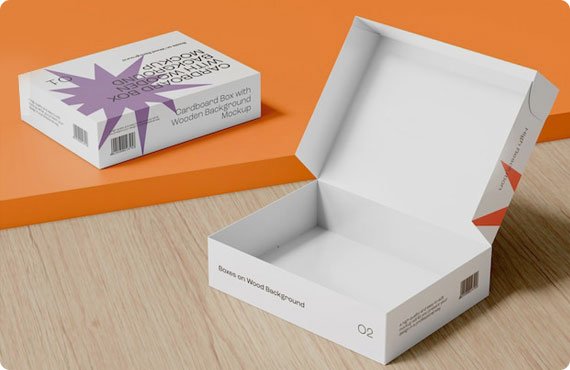December 31, 2024
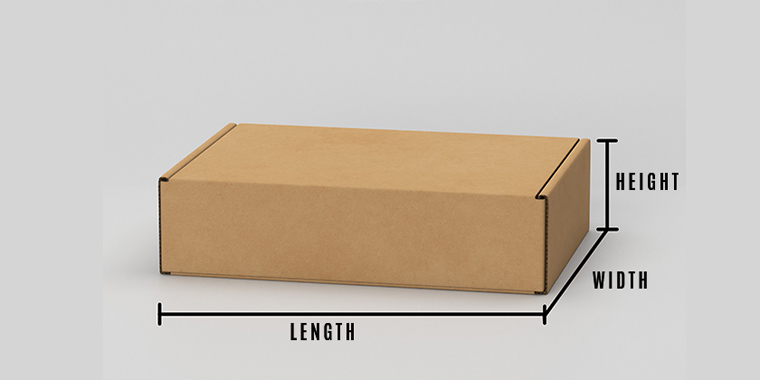
Nearly everyone shops online, driving the demand for e-commerce companies, with thousands joining the market daily. A common challenge for these businesses is measuring shipping boxes accurately. Are you struggling too? Proper box measurements are crucial for product safety and customer satisfaction. Mistakes in sizing can lead to damaged products and a poor experience. To help you avoid these issues, we’ve put together a guide on “How to Measure a Box for Shipping.” Keep reading, and you’ll gain the confidence to measure your shipping boxes correctly.
Shipping a box that’s not the right size can lead to extra fees, potential damage, and delays. To avoid these issues, it's crucial to measure your box precisely to ensure you're billed correctly for its actual size and weight according to product requirements.
Therefore, accurate measurements are ideal to help you in selecting the best shipping carrier and appropriate packaging. For instance, large, heavy boxes may require sturdier packaging materials. Be sure to record the dimensions in inches for the most effective shipping process. Let's begin to discover!
To accurately measure your shipping box, follow these steps:
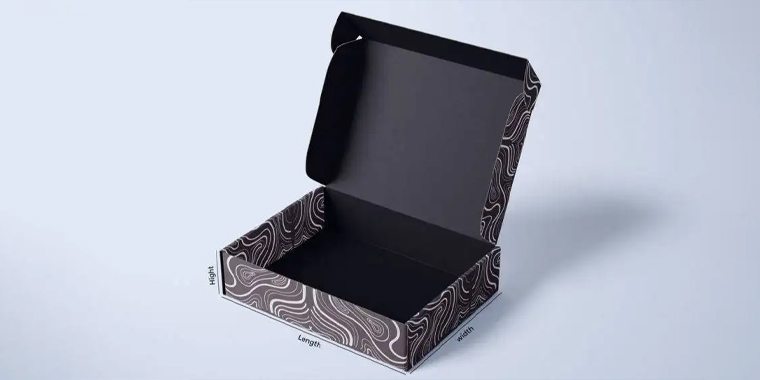
To measure the width of the box, first place it on a flat surface. Ensure the box is closed and that its sides are straight. Next, measure the shortest side from end to end in inches. If the box has flaps, measure from the inside edge of one flap to the inside edge of the other flap to get the precise width. Write down this measurement for your records. These techniques will help you understand the accurate measurement of your packaging boxes.
Custom design packaging making good progress on measuring a box for shipping! After you’ve measured the length and width, the next step is to measure the height. To do this, place the box on a flat surface and ensure it’s properly closed, with straight sides and no ridges or curves. Measure the distance from the bottom to the top of the box in inches, recording this measurement accurately. This will give you the exact height of the box needed for shipping calculations.
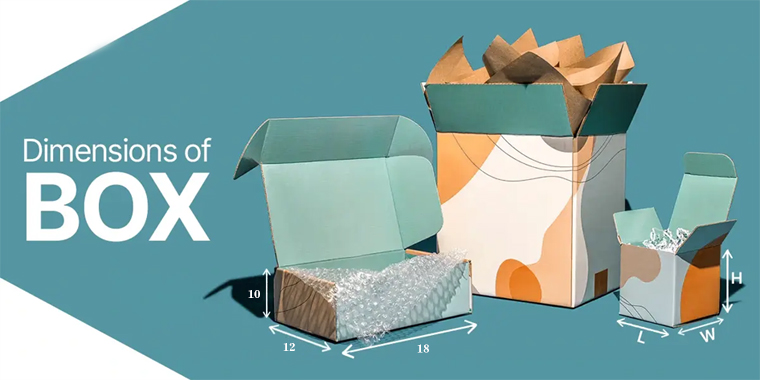
Box Dimensions: 18" x 12" x 10"
To calculate the dimensional weight:
The dimensional weight of this box is 16 pounds. If the actual weight is less than 16 pounds, you'll be charged based on the dimensional weight.
After measuring your package and calculating its dimensional weight, use your shipping carrier’s online rate calculator to find the shipping cost. Input the package dimensions, weight, destination, and delivery speed to get a quote. Ensure you select the correct package type (box, envelope) and packaging material (cardboard, bubble wrap) for accuracy. Compare rates between carriers to find the best deal, and check for discounts on specific sizes or delivery speeds before finalizing your choice.
Further Reading: How to Measure Box Dimensions?
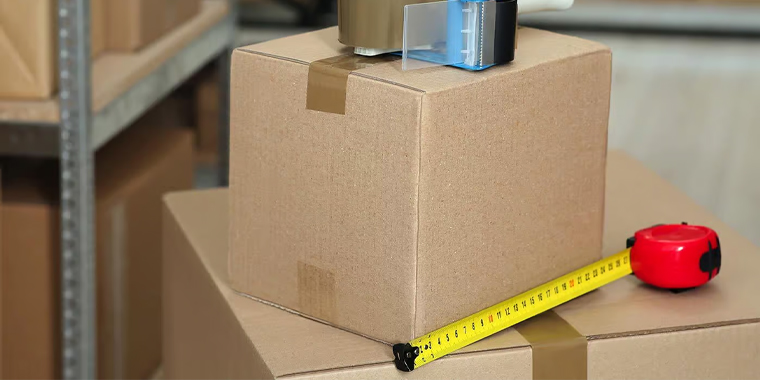
Here are some pro tips that will help you along the measuring and design process of shipping boxes:
Measuring a box for shipping is easy with the right steps. Accurate measurements help you avoid extra costs, damage, and delays. Follow the simple guide in this article to measure like a pro. Always double-check your dimensions, use appropriate packaging materials, and add cushioning to protect your items during transit. For more tips or assistance, contact us at sales@customdesignsboxes.com!
Find the perfect packaging solutions tailored to your industry niche.
Don't just imagine – experience excellence up close, as you can check our superior craftsmanship before making your decision by ordering your sample kit.
